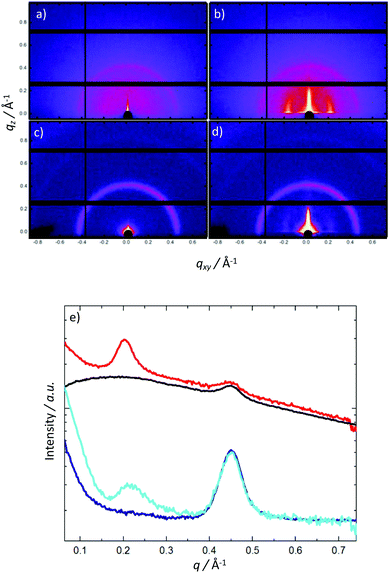


The 1960s and early 70s saw purple become the color for nonconformists and psychedelics. It later became the color for the women's liberation movement. In the 20th century, rulers continued using purple but the color also became part of the Women's Suffrage movement (along with white and green). Before this discovery, mauve was a color only the rich could afford but now it could be produced by the ton in a factory. This changed in the 19th century when a British chemist accidentally created a purple-shaded aniline dye called mauveine or mauve. The 18th century saw lighter shades of purple being worn by rulers, like Catherine the Great, and members of the aristocracy, and rarely by ordinary people, because of its high cost. It was at this time that the Virgin Mary was usually depicted wearing purple robes.

The Renaissance saw purple become less favored by the monarchy and more by the professors of many of Europe's new universities. In ancient Europe, the rulers of the Byzantine Empire also used purple as the imperial color, for diplomatic gifts, and even for imperial documents and the pages of the Bible. This dye didn't cling to fabric very well which made purple garments usually cost five times more expensive to make. There the color was derived from a plant known as purple gromwell.

In ancient China, purple became a fashionable color for garments. The formula required 10,000 mollusks to produce a gram of the dye – which cost 2,000 euros! Modern chemists used the same process to reproduce Tyrian purple dye. Being so expensive to afford, this color became associated with kings, nobles, priests, and magistrates – the only ones who could afford the dye at the time. The long, difficult, and expensive process of using these snails produced a deep, rich purple dye which would be known as Tyrian purple. The citizens of Sidon and Tyre in ancient Phoenicia produced a purple dye from a sea snail called the spiny dye-murex. Neolithic artists of Pech Merle cave, among others, used sticks of manganese and hematite powder to draw and paint outlines of their hands as well as animal shapes. Purple is one of the earliest colors that prehistoric humans used in art. This article aims to help you do just that. It's been worn by Roman magistrates, Byzantine & Japanese emperors, as well as Roman Catholic Bishops.Īs an artist, it's important to understand this regal color, how it's used in the past until today, what it means and the different emotions it evokes, as well as its different shades, and how to produce them. Purple has long been associated with royalty, rarity, and mystery.


 0 kommentar(er)
0 kommentar(er)
